How World Vision Restored Dignity, Hope and Healing at Matukeng Health Centre
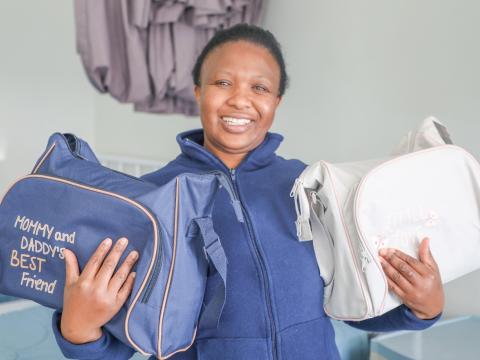
By: Reentseng Phephetho, Communications and Digital Officer, World Vision Lesotho
For years, Matukeng Health Centre in Maseru District stood as a facility stretched beyond its limits; under-resourced, cold wards during winter, and inability to meet the basic needs of the women and children it served. The cold temperatures posed serious threats to pregnant mothers and their unborn babies, often forcing the facility to refer patients to other hospitals due to its inability to provide adequate care in such harsh conditions.
With only a few light blankets, no proper heating, no food for admitted patients, the facility struggled to serve its community. “We were at the risk of losing babies due to the coldness. Pregnant mothers would suffer, and many were referred to other facilities during delivery. It was really hard,” recalled Sister Nthakoana Mokeretla, a Head Nurse at the facility.
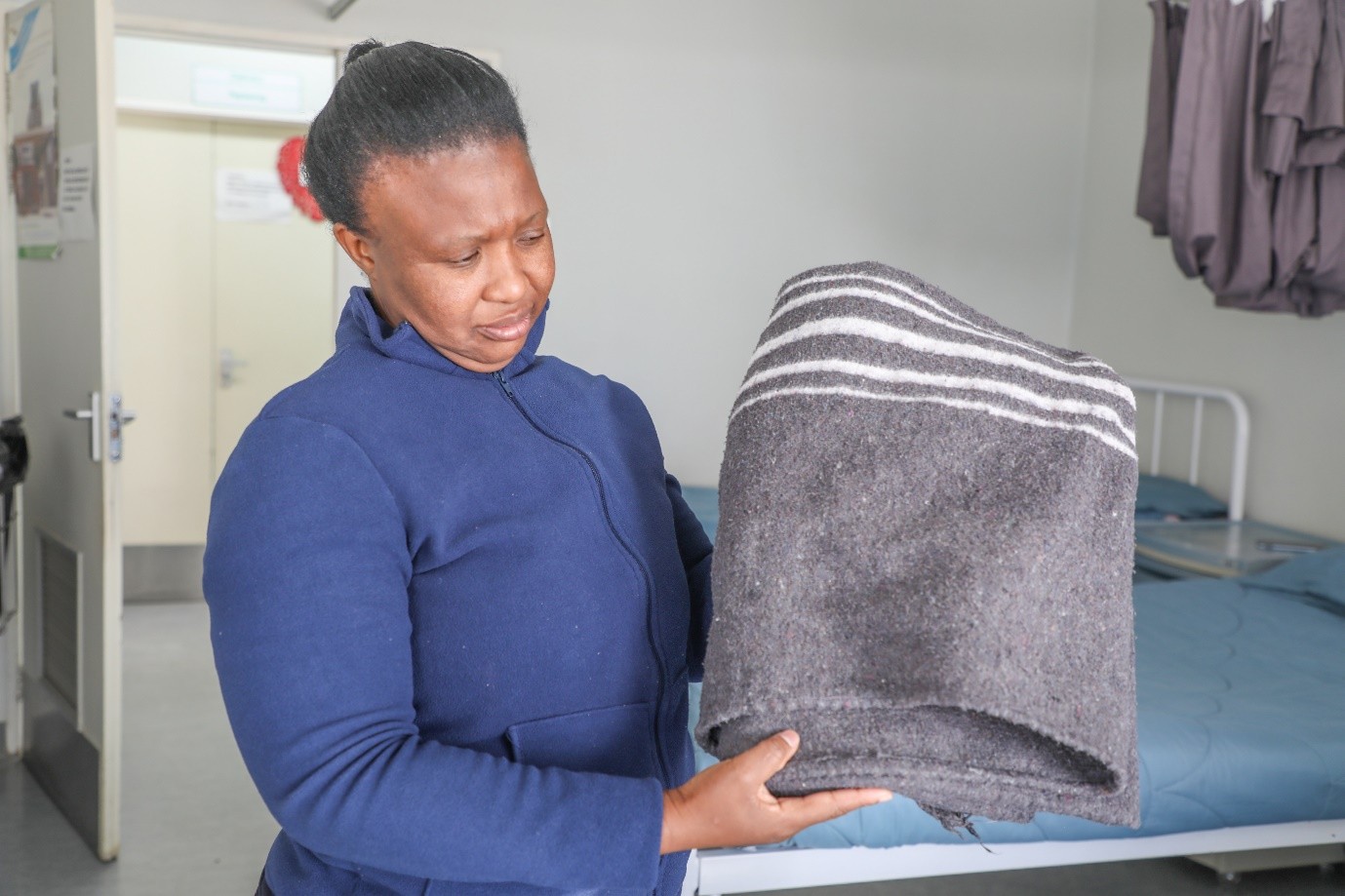
Preventive health services also suffered. Cold rooms discouraged women from attending cervical cancer screenings, and the lack of resources meant pregnant women often went hungry during their stay at the clinic. Even worse, new mothers in that community who have no money to buy newborn items cleft with their babies wrapped in nothing but thin cloths, no clothes, no diapers, no essentials. “It was really heart-breaking to see a newborn leave the clinic without even a vest. We could only assist with a cloth to wrap them,” Mokeretla said.
Children’s nutrition was another growing concern. Each quarter, at least 15 children were malnourished, mainly because parents couldn’t afford transport to the clinic resulting in late detection. This also led to a rise in home births, as expectant mothers lacked the essentials required for delivery in a clinic setting.
World Vision’s Lifesaving Interventions
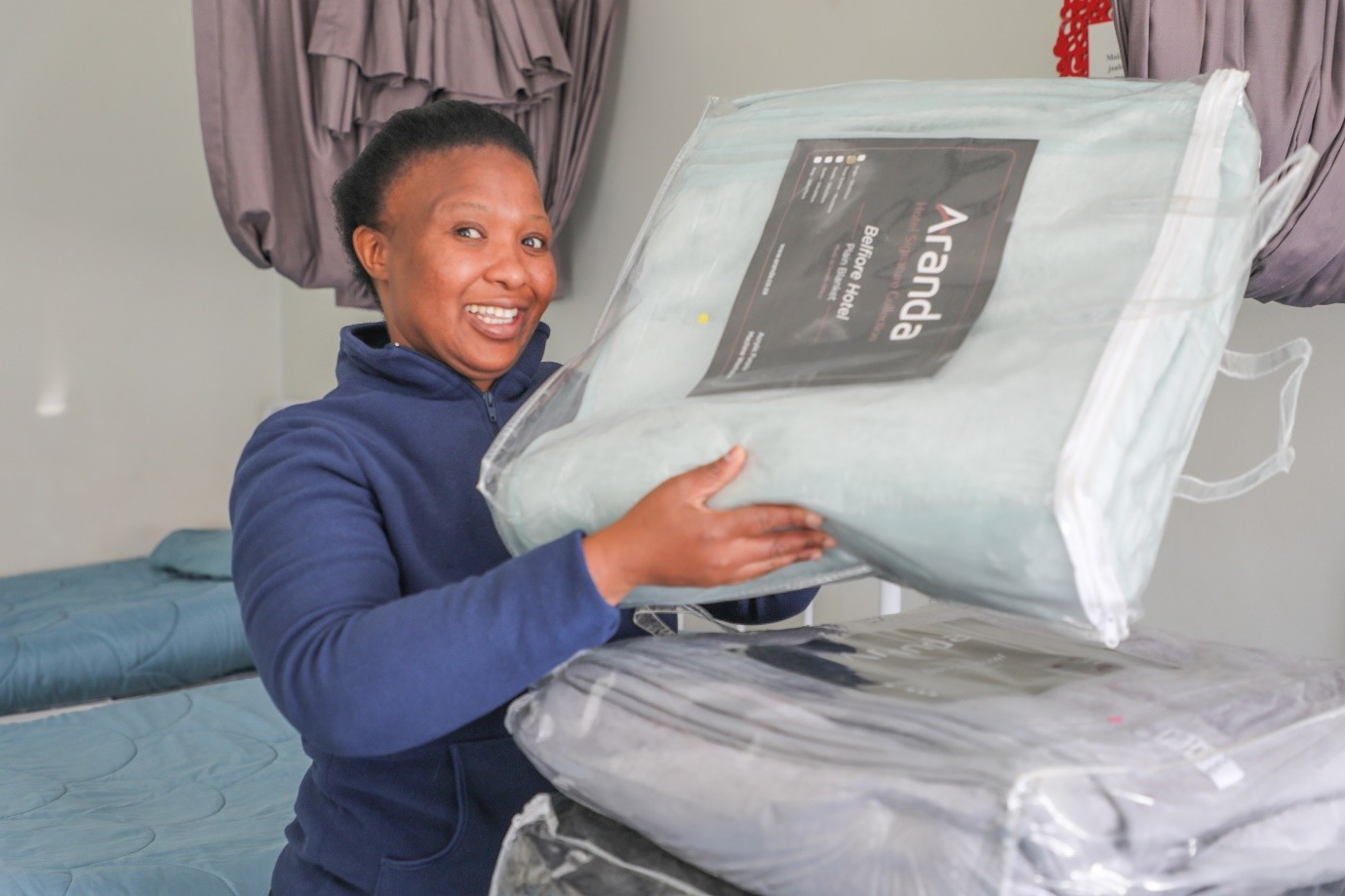
Hope arrived when World Vision Lesotho, through its Health and Nutrition Technical Programme, intervened with both immediate relief and sustainable, long-term solutions; proving Matukeng Health Center with 10 warm blankets, 8 bedsheets, 3 paraffin heaters, pillowcases, and most importantly support for human dignity. These items may seem small, but they brought warmth, safety, and dignity back to mothers and babies. "Now, the rate of referrals due to complications during birth has significantly declined because mothers are kept warm,” said Mokeretla. The impact was swift and visible, cervical screening rates previously as low as 10%, skyrocketed to 60%, a direct result of heated rooms as women no longer had to endure freezing cold.
Food support was another major breakthrough. For three years, World Vision has consistently supplied quarterly groceries ensuring pregnant women receive nutritious meals during their stay. “Pregnant mothers now have nutritious meals while waiting to give birth,” she added.
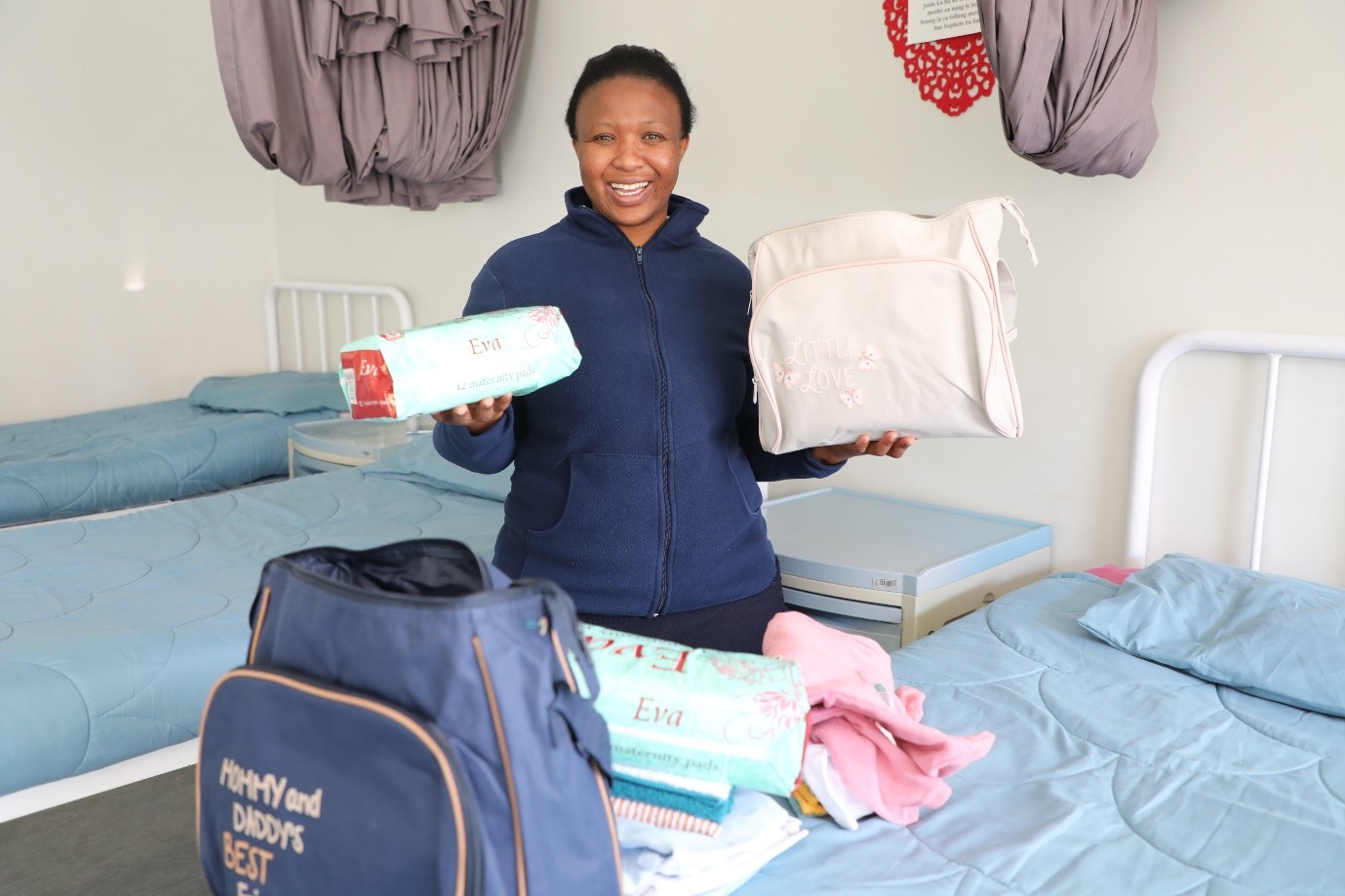
Understanding the root causes of the home births, World Vision also provided 83 baby packs containing clothes, towels, socks, diapers, Vaseline, and baby receivers. This simple gesture made a profound difference in encouraging mothers to give birth at the clinic and that no new-born left without these essentials, “Since mothers know they can get baby packs from the clinic, they no longer shy away from delivering here. The rate of home births has declined,” Mokeretla added.
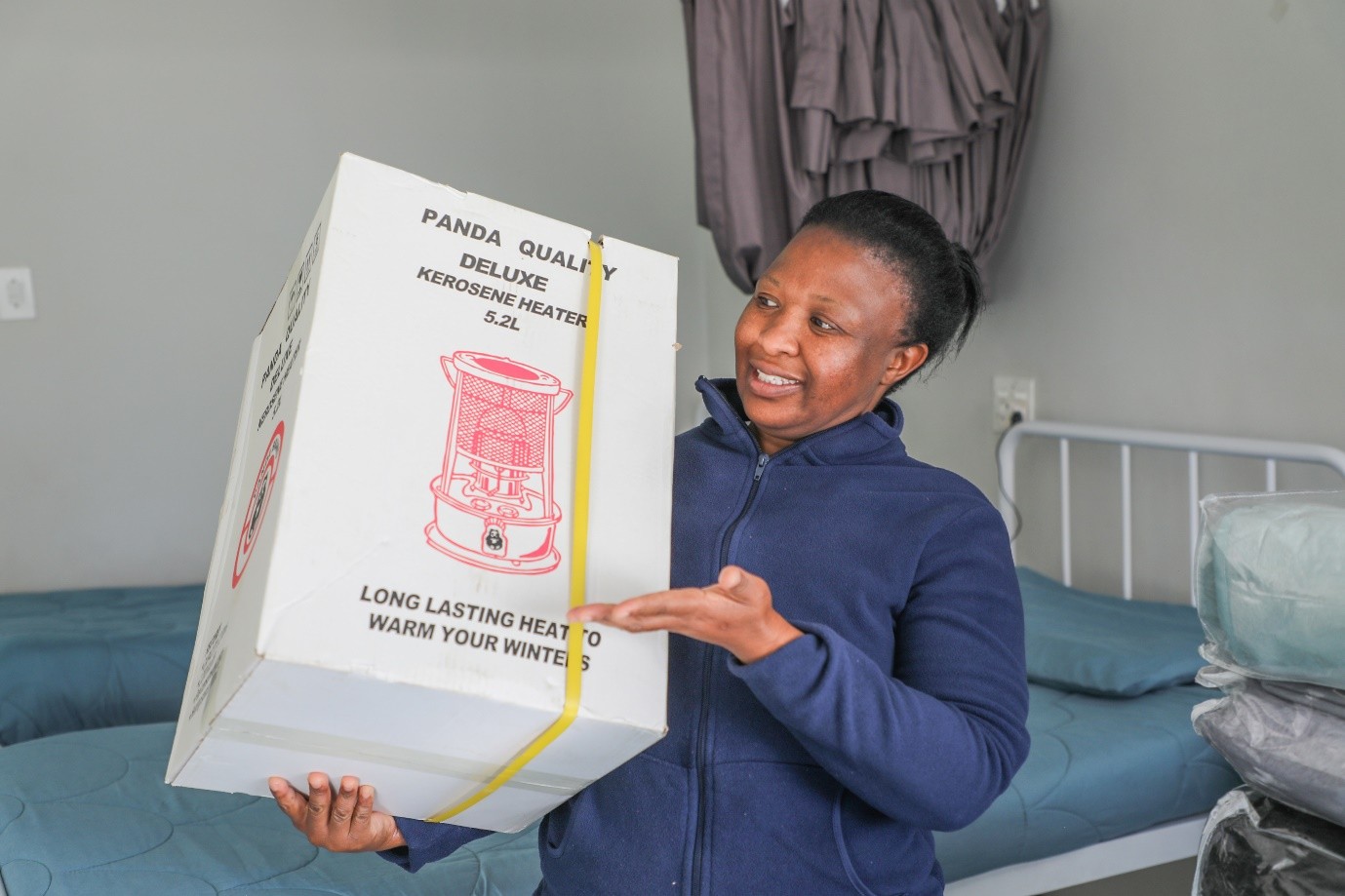
Taking Health Services to the People
To further tackle the low clinic attendance and address the high malnutrition rates, World Vision introduced a transport service to support community outreach programmes. Health workers could now take services directly to the people, ensuring children screened and families supported. The results? A dramatic drop in malnutrition rates from 15 children reported to just 2 out of 10 children reported per quarter. “We’re not just meeting our targets anymore; we are exceeding them. We’re resourced and performing so well,” Mokeretla shared joyfully.
Building Long-Term Capacity Through the COMM Model
As part of its long-term investment, World Vision implemented the Community-Oriented Maternal and Child Health (COMM) Model, which builds local capacity and strengthens health systems, empowering local health committees to coordinate community health activities. The Matukeng Health committee and Village Health Workers (VHWs) underwent two weeks of this transformative training, learning how to advocate for policy changes and improve maternal and child health outcomes; the training led to resilient, more people-centered health systems and better health outcomes which sparked a new era of excellence for Matukeng Health Centre. “We rank at the top of the most performing facilities,” Mokeretla declared proudly.
In parallel, World Vision continues to support dialogues on teenage pregnancy in schools, around the community and the rate of teen pregnancies has since declined significantly.
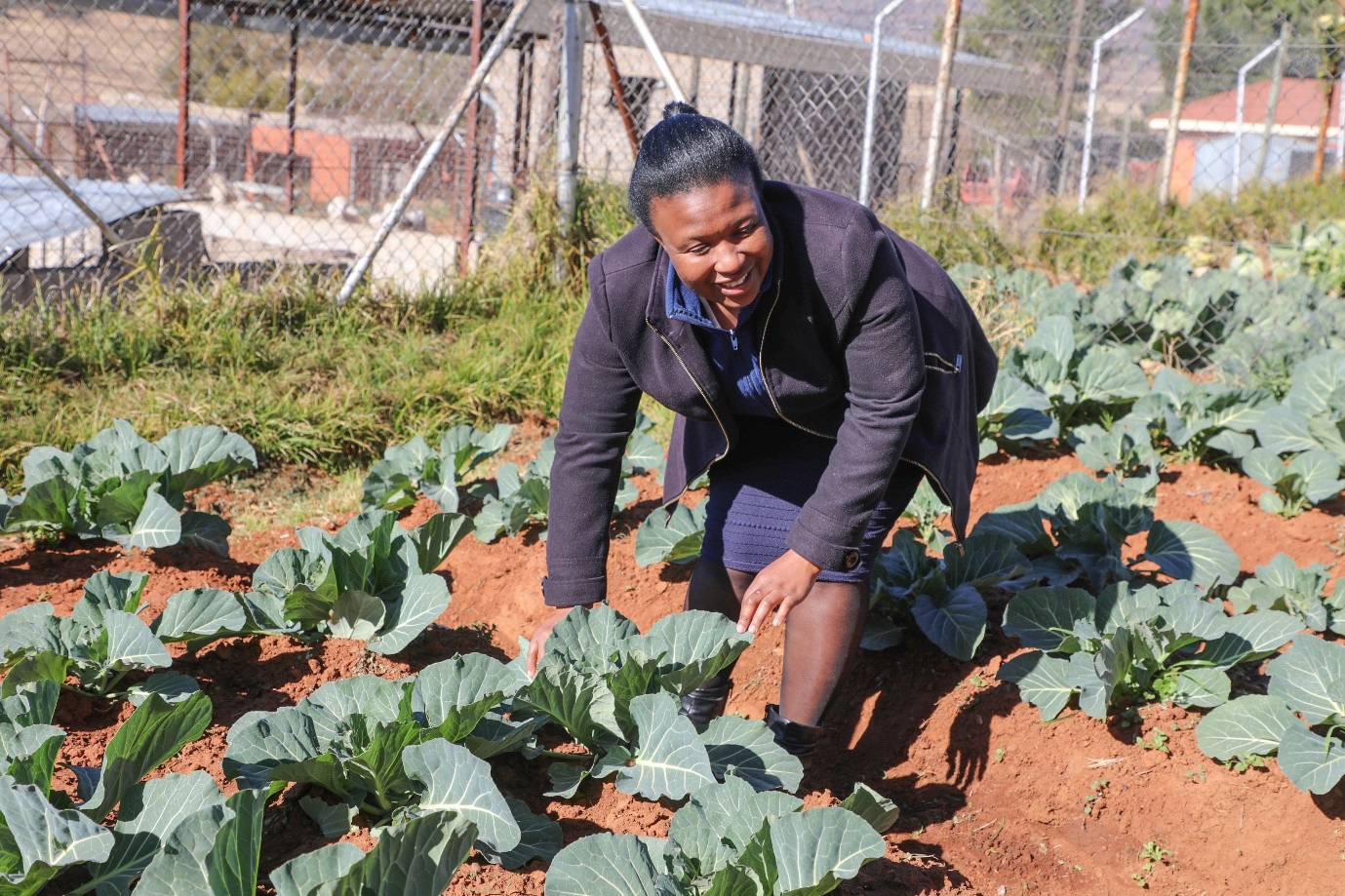
One recent success involved a child with disabilities who had been hidden at home and missed clinic visits. The trained health committee and Village health Workers (VHWs) engaged the family, and today the child not only receives regular medical care but also enjoys playing with his peers. Moreover, the facility took up World Vision’s encouragement to start crop production for food security. Their thriving garden now sustains the center with fresh produce.
A New Dawn for Health and Hope
The transformation of Matukeng Health Centre tells a powerful story: that with the right support, even the most under resourced facilities can become symbols of health and dignity. From reduced maternal and child health risks, improved nutrition and empowered communities to strengthened systems through the COMM Model, this partnership between World Vision and Matukeng Health Centre is restoring hope one life at a time. “This is indeed a great impact to see both hunger and malnutrition declining while maternity services are being enhanced for the well-being of children,” Mokeretla concluded.